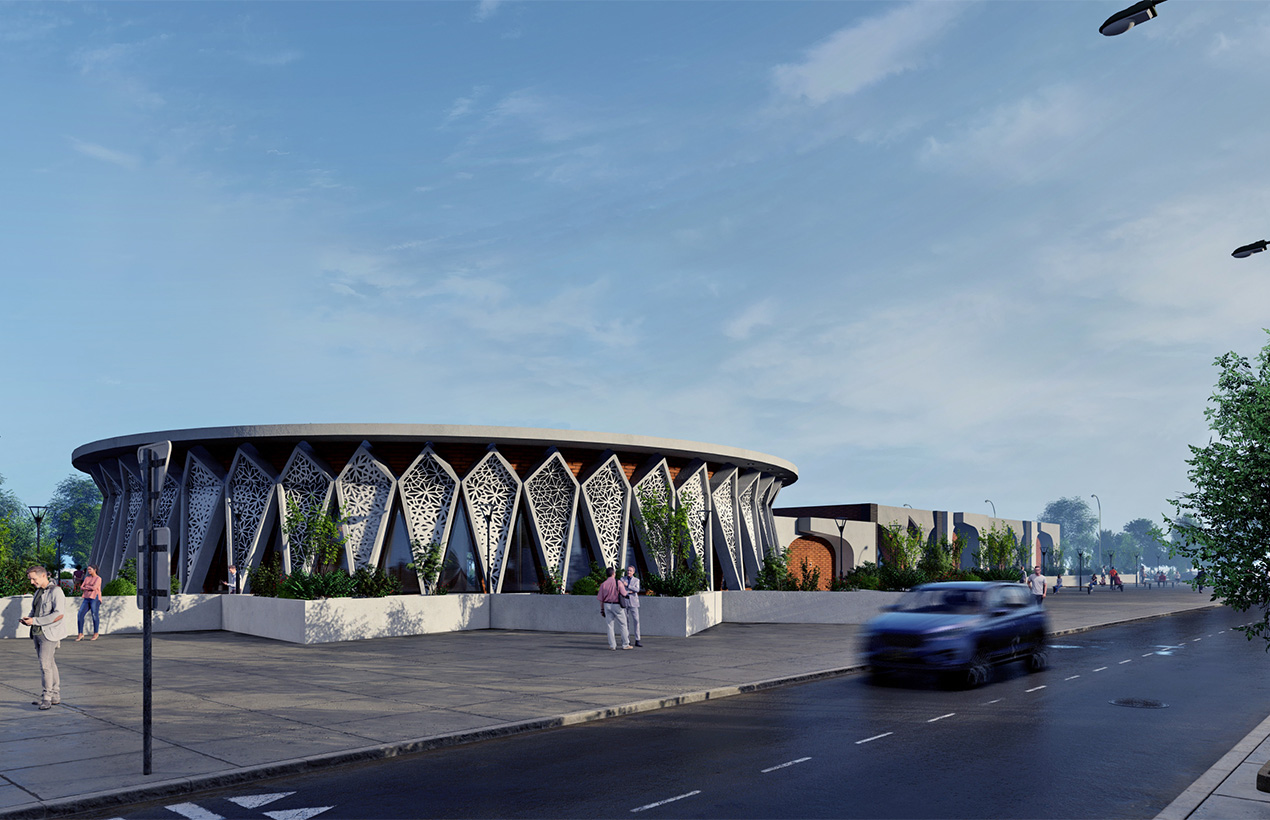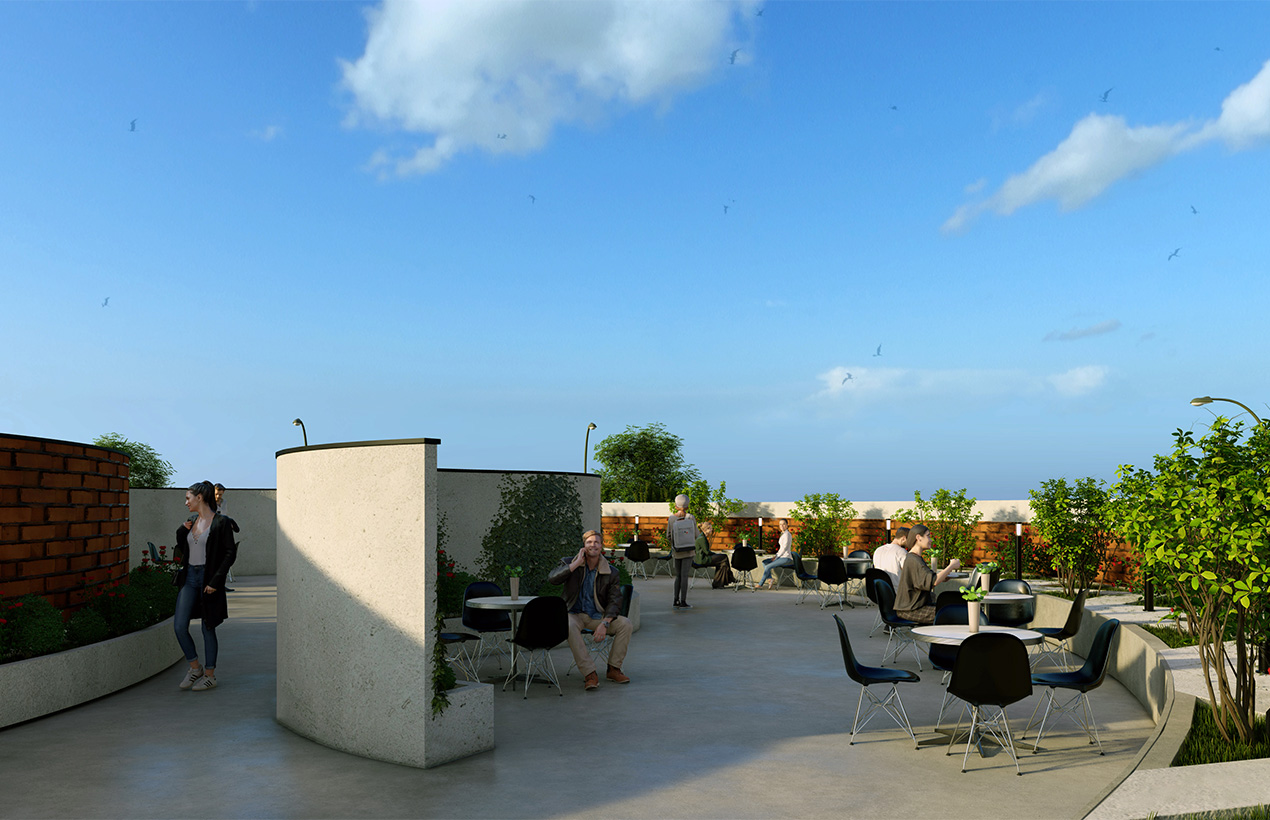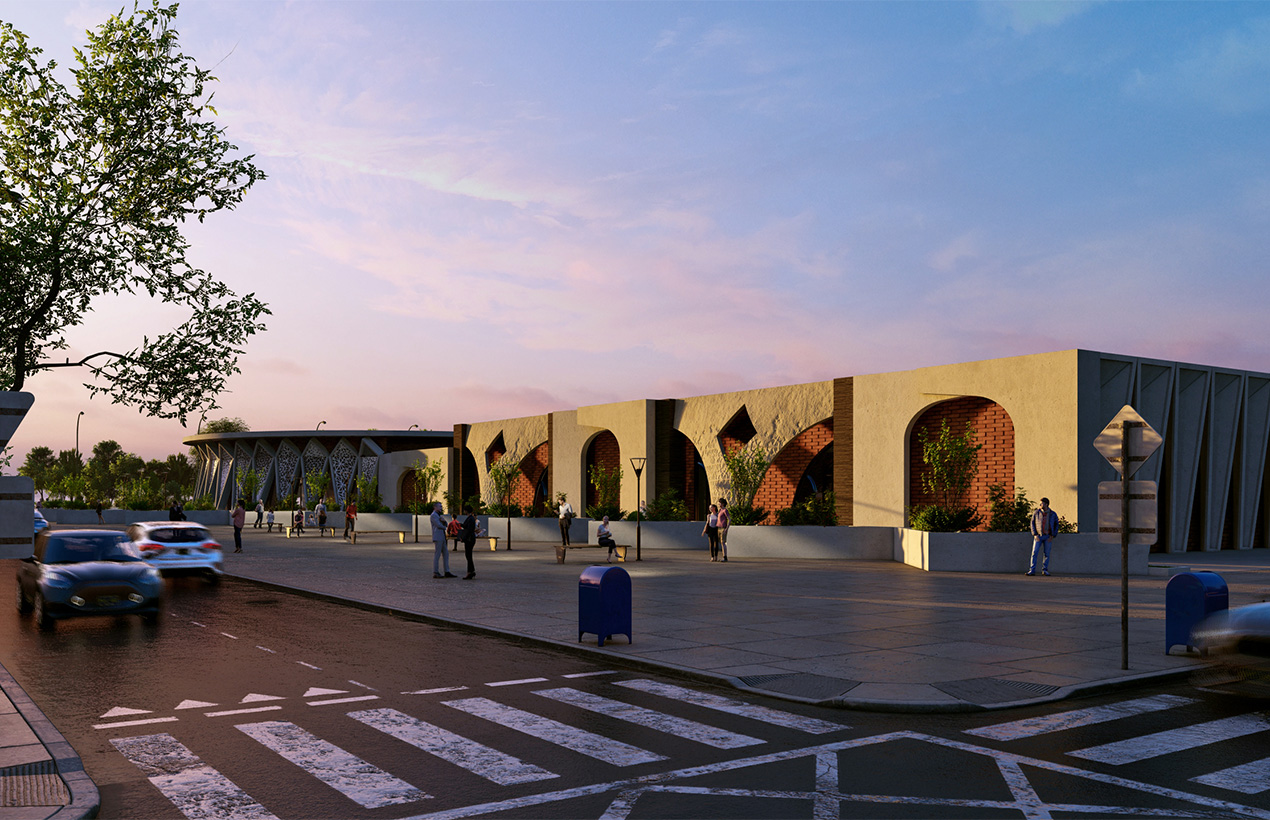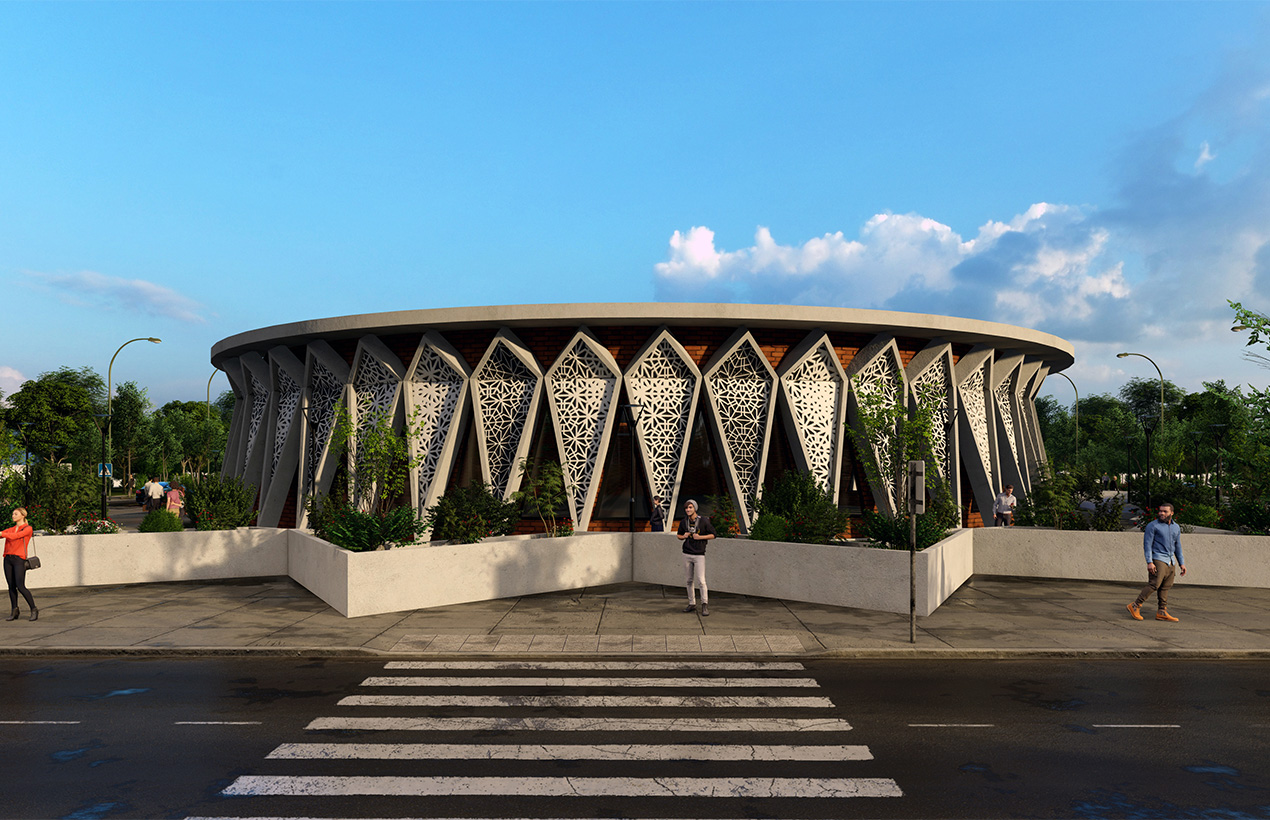Next Project














A temporal experience of place
This project is designed based on time as the most basic theme of Khayyam's mindset and in line with the concept of flexibility in the dimension of architecture. The change, fluidity, and replacement of Khayyam’s quality-generating layers over time are in line with the quality of architecture. Khayyam’s timing, in his thought and works, has an intertemporal relationship so that such a dynamic structure has a clear connection between the details and the concept of the structure.
Khayyam considered time a quality of how it is perceived and different from mental time. He has a dynamic and active view of time that does not show boredom. Inspired by these intellectual aspects, the flexibility of the structure is to adapt and have a two-way relationship with architecture and man. Spaces that take their inspiration from past architecture and with the presence of humans have a different meaning and provide a chain interaction of places and times ( gone or yet to come), from which the concept of flexibility is born.
The concept of the flexible and cross-border structure of Khayyam’s timing emphasizes quality, which is a crucial element of making change. Although the initial inspiration for this design is from the form and geometry of tiles and calligraphy in Khayyam's tomb; it achieved a timeless experience of the place through change and modern style. In the design process, this has reached a proper dialogue with the design of Atar Tomb, which is adjacent to Khayyam's Tomb and was created by Hooshang Seyhon, a prominent Iranian architect.
The theater and dining Hall of Neishabur Medical University is in an area of approximately 2,200 square meters designed by the Ando Office in July 2020 and has a total capacity of serving 970 people.
Location: Medical University of Neishabur City
Project Timing: Will finish designing soon
Employer: Medical University of Neishabur
Concept and design team: Mohammad Hassan Daneshvar, Sara Salamat
Post-production: Javad Saberi
Site and media support: Zahra Mohammadpoor, Faezeh Abadi
Art review: Metanat Mohebbi